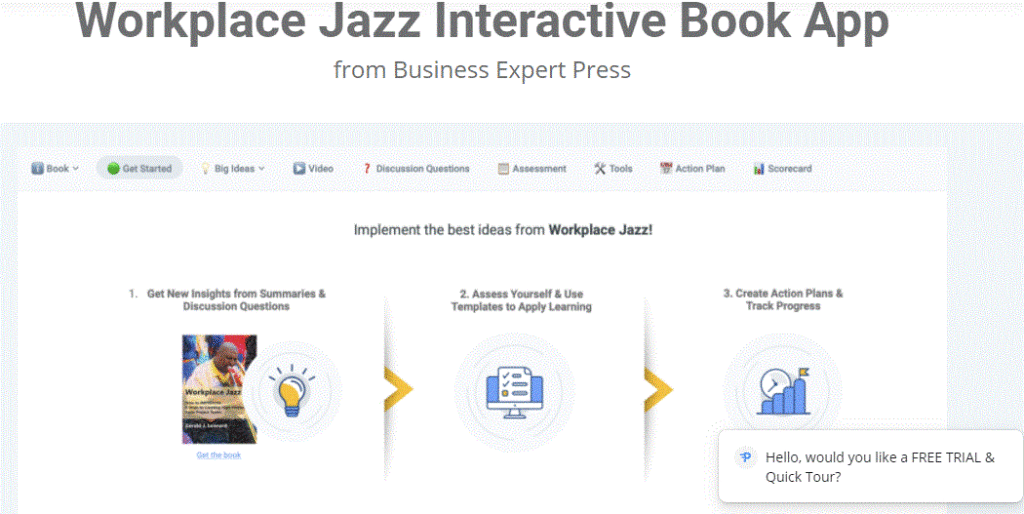In modern times, organizations must oversee projects within ever more complicated environments, ones that are motivated by regulatory changes and business restructuring. Effective project management professionals are able to realize projects under these challenging conditions. To do so, they must employ successful project management practices. Here’s how to build project, program and portfolio management capabilities. Keep in mind that insights and trends may have an impact on your processes.
About Project Portfolio Management
Project portfolio management (PPM) is a practice in which a company’s projects are assessed and put in place in a way that aligns with the organization’s goals. With PPM, a company’s executive team, project supervisors, regular team members and stakeholders receive an extensive view of the organization’s projects. This includes how every participant plays a role in the company’s directives and intentions.
With this information, project managers gain insight into the company’s possible returns and potential risks. When an organization uses PPM, those in charge will separate the company’s projects into different groups according to importance and how they connect to one another.
The organization’s programs and projects should be a part of a portfolio strategy, one overseen by the company’s portfolio management professionals to make sure that it meets the organization’s goals. PPM should also align the company’s implementation techniques with how it manages projects, creates policies and develops processes.
What are PPM’s Benefits?
PPM benefits include:
• More project transparency
• Better capacity planning
• Improved productivity
• Increased dexterity
• Higher return on investment (ROI)
Project Transparency
PPM increases a company’s successfulness. When you embrace PPM, your organization will have clear goals. It will also be able to take advantage of big-picture thinking. PPM allows your staff to accomplish goals and understand how different projects, programs and portfolio management are linked to the company’s vision and general purpose.
Better Capacity Planning
Capacity planning depends on how effective project management professionals implement a company’s strategies and connect its resources to its goals. One of the biggest problems that most organizations face is wasting resources. Companies that embrace PPM are less likely to waste resources because they can make sure that they are distributed according to importance and properly implemented to reach the organization’s goals.
Increased Productivity
When project managers convey the importance of developing value, they are more likely to improve an organization’s productivity. Team members who understand how their jobs help a company reach its main goals typically work harder. They also focus more on the quality of their work.
Boosted Dexterity
Companies that align project tasks with implementation tend to be more dexterous. The alignment makes it easier for project managers to handle change and shift according to any opportunities that may come up or problems that arise.
Higher ROI
When an organization’s goals are clear and understood by every employee, resource management improves. This boosts productivity and dexterity. PPM improves a company’s ROI in all of its projects. By using PPM, an organization’s investments will be more beneficial. They will also put the company on more sound footing going forward.
An Example of How PPM Works
Let’s say that your company has 30 projects in the hopper. Each one overlaps since some have been ordered by the same customer, and your company is using the same resources to develop all of them. Some of the projects will cover your organization’s overhead while others may bring in more clients. You may even have projects that you’ve agreed to perform to develop new products or services. As a project manager, how can you make sure that you’re focusing your staff and their tasks on the right objectives? Ask yourself a few questions.
• Is the idea a good one?
• Is this something that we should be doing as an organization?
• What is the best way to concentrate the organization’s resources most efficiently?
• What projects take priority?
• How can the company manage the different projects concurrently while turning a profit?
PPM will help you answer these questions. When an organization is large and has various competing projects along with priorities that pull its resources into different directions, effective PPM helps project managers avoid making poor decisions that result in a negative ROI.
What Else Does Projects Programs and Portfolios Management Offer?
Project, program and portfolio management also offers you more success when it comes to project delivery. You’ll find it easier to prioritize critical projects, and it will help you avoid spending too much while eliminating inefficiencies.
Projects almost always run the risk of causing an organization to overspend. With PPM, you’ll be able to spot overspending fast and curtail it. PPM reveals where and how resources are being wasted.
PPM helps companies with organizational change management. When you have a good PPM in place, your company can make changes and improve how it completes projects. You can take advantage of this by making changes to your organization’s overall direction.
Consider a Different Approach to Manage Insights and Trends
These days, many companies are switching to a digital format. This allows you to decrease how much you’re spending for on-premises infrastructure. However, you’ll need to increase your spending on off-premises operations and advanced technologies. To accomplish this, portfolio management professionals will need to work with business leaders and resource supervisors to balance funds over various internal and external operations.
These changes are forcing organizations to track work tasks in real time. Project delivery also needs to be faster and more flexible, so you may need to invest in portfolio management software. This helps project managers plan, implement and track the progress of different projects.
Management Support
Projects programs and portfolios are complex areas of business management. With the right tools, you can implement PPM effectively. If you need support, contact me at the Productivity Intelligence Institute.












